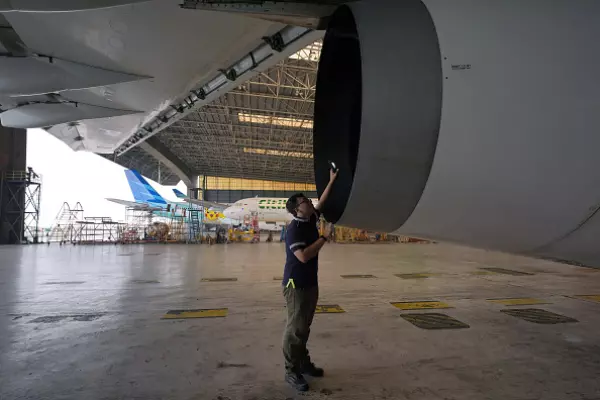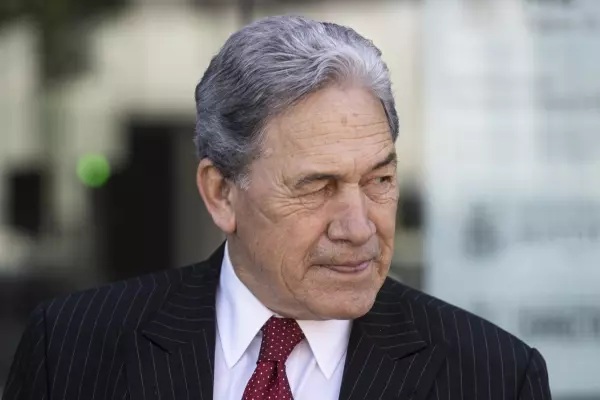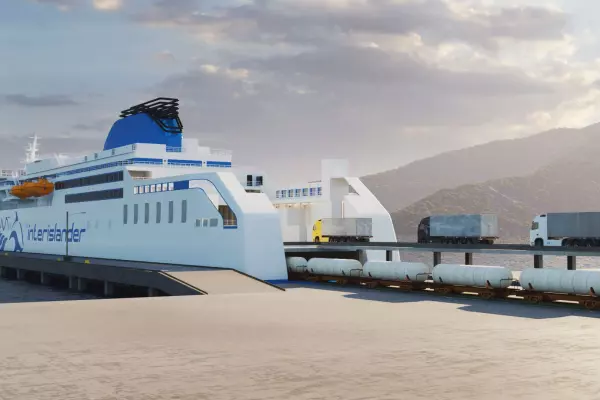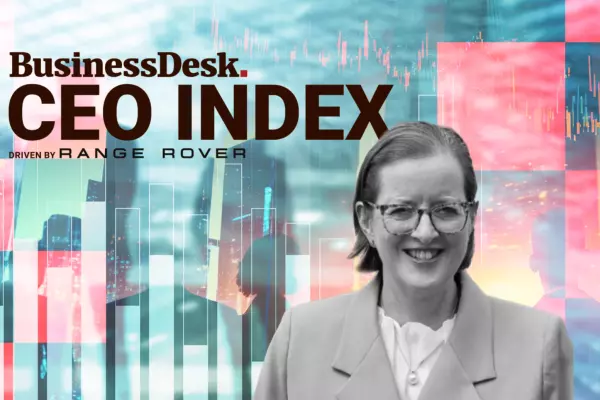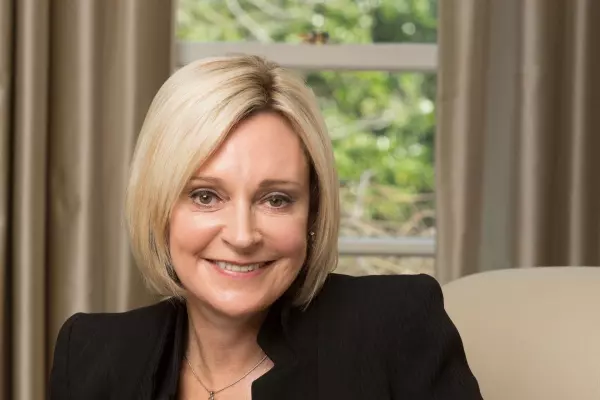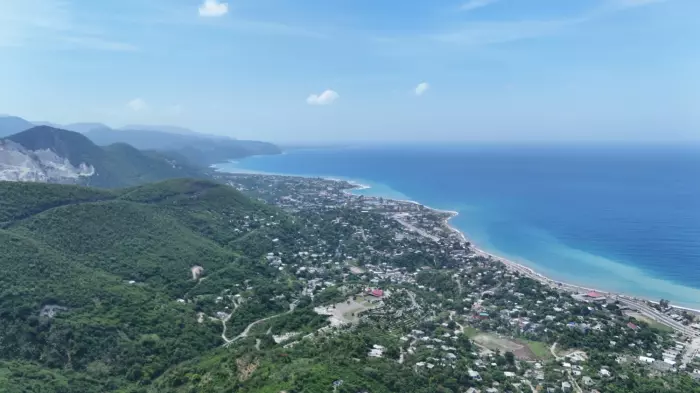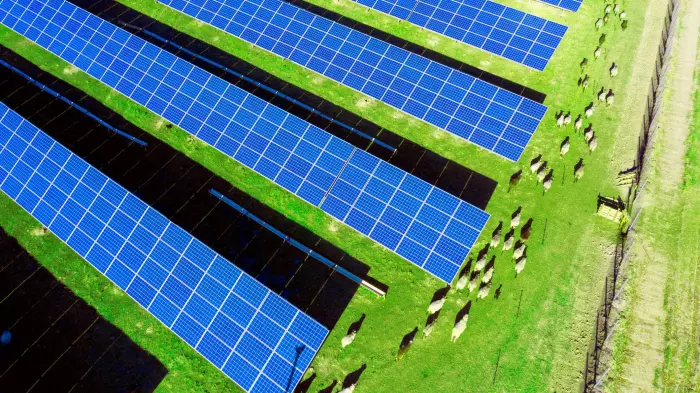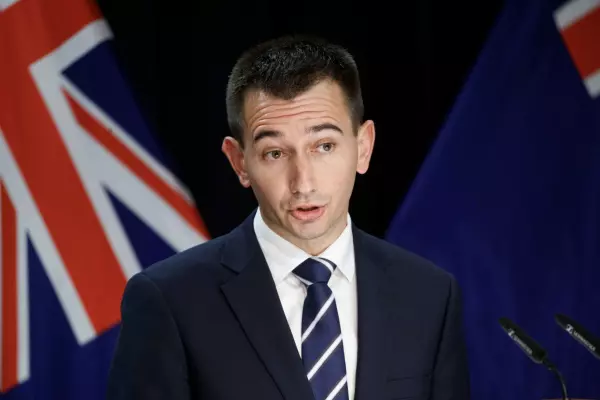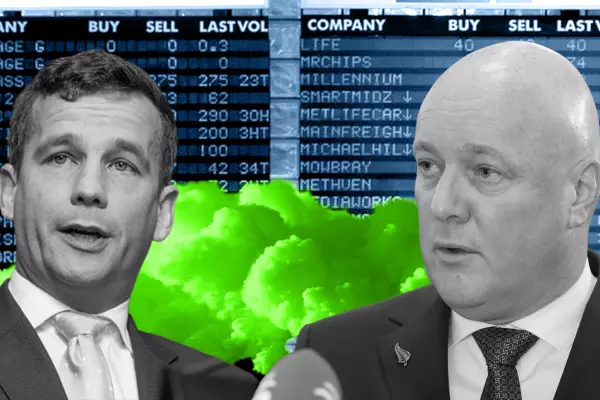From dog tucker to top dog: economists ask how Northport can be Auckland’s best replacement
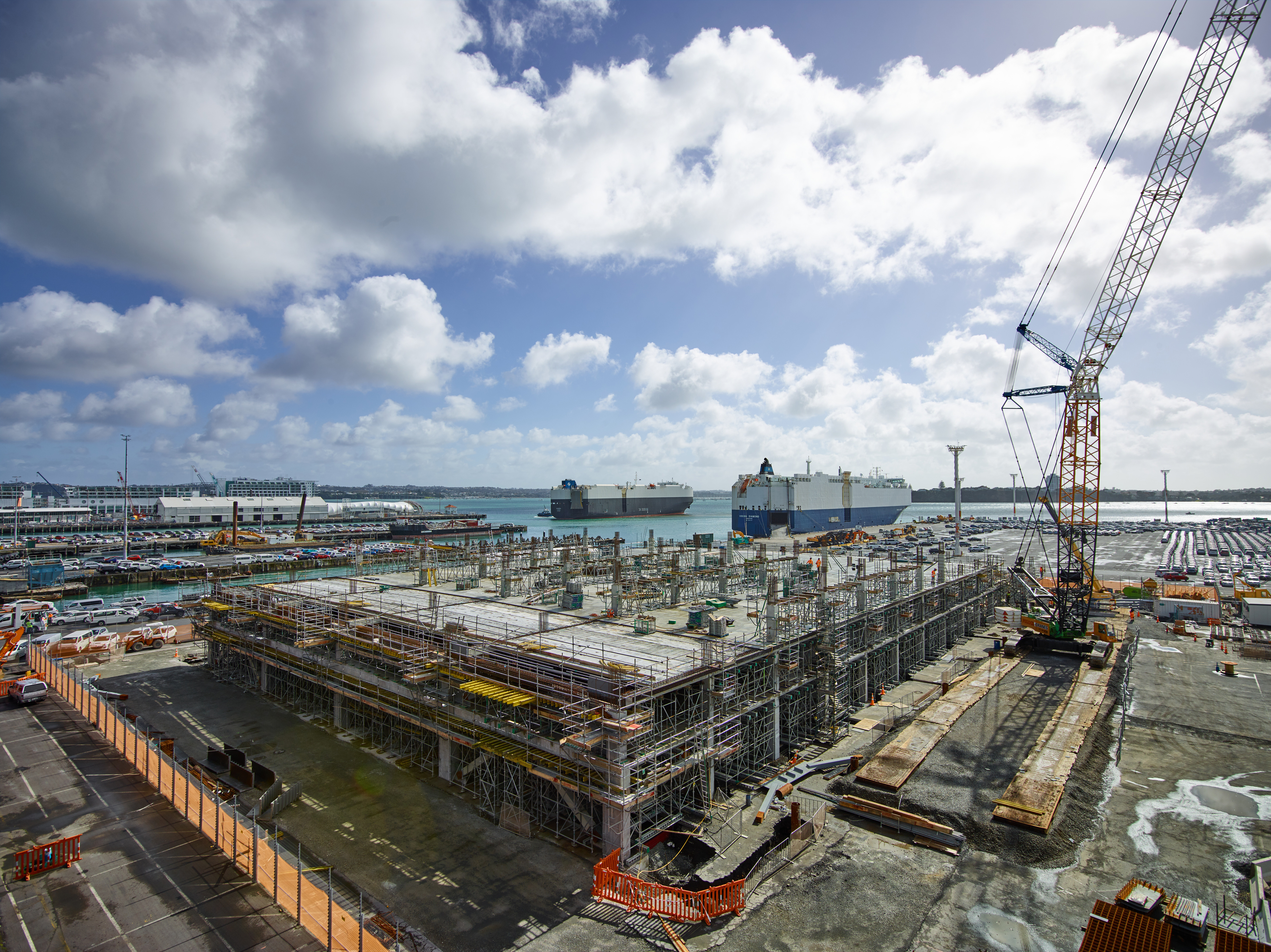
A draft report favouring the expansion of Whangarei’s Northport to replace the port on Auckland’s city waterfront is full of “surprising” and “concerning” conclusions, a lot of “padding”, and appears to ignore major factors for such a decision.
Those are some of the conclusions from one of two damning reports written for Ports of Auckland by respected economic consultancies, the New Zealand Institute of Economic Research and Castalia, critiquing the draft report of the Upper North Island Supply Chain Study, published in April.
A final version of the study has been delivered to Cabinet, with media reports last week that it recommends a shift to Northport at some time in the next 30 years.
However, both NZIER and Castalia question how the latest study, which sought advice and modelling from accounting firm EY, could come to such a different conclusion to the EY-led 2016 Future Ports Study.
The 2016 report ranked Northport, near Whangarei, as 12th out of 14 options and pinpointed options in the Firth of Thames, Manukau Harbour at Wiri, and Muriwai as the three best alternatives.
While in no hurry to move, Ports of Auckland favours the Firth of Thames option and is releasing the NZIER and Castalia assessments of the UNISCS draft report today after a round of intense central and local government lobbying against the Northport option in recent days.
“For a report that claims to be assessing the costs and benefits of transport options, it is very light on detail,” say slides from the NZIER critique of the April draft study, which was led by its chief executive, economist Laurence Kubiak.
It asks “where’s the transport economics” and challenges the “hard-coded assumption” that 70 percent of all freight coming to and from Northport would be transported by rail. It says there is “no empirical basis provided for this assumption” and compares it with rail's 11.6 percent national market share by tonne/kilometre.
Rather than being likely to cost $1.7 billion to move the port north, as the UNISC draft study suggests, NZIER says it would cost around $6 billion and even then is “likely to be significantly under-costed.”
The Castalia report is as critical of the draft report as NZIER, with lead author and chief executive Alex Sundakov saying the study’s claim to be an economic analysis “is nothing of the kind.”
“It provides absolutely no information on how the supposed benefits are estimated, apart from some vague references to multifactorial analysis and a claim that EY has used its rail benefits model for the exercise.
That would be “inappropriate”, says Castalia, “as similar modal shift can be achieved at PoAL with appropriate (and lower cost) rail upgrades.”
However, while it would be “useful and interesting to understand how EY calculated the economic benefits,” Castalia concentrated instead on demolishing the financial and cost assumptions in the proposal and questioning whether benefits from the shift had been appropriately framed.
Castalia also says the $1.7 billion estimate cost of shifting is “materially under-estimated” and that the EY-led analysis makes “three fundamental and very basic errors” to achieve that outcome.
It ignores the time value of money, competitive drivers for container terminal operations, and “misunderstands the costs involved in the base case scenario compared to the relocation scenario.”
Serious consideration of Northport as the preferred alternative to Auckland was a key element of New Zealand First’s coalition agreement with Labour when the current government was formed in 2017.
Two of its most senior MPs, leader and Deputy Prime Minister Winston Peters and Regional Economic Development Minister Shane Jones, hail from Northland and the party may need the backstop of winning a Northland electorate to remain in Parliament after the 2020 election.
The supply chain study group was led by former Far North District Council mayor Wayne Brown, who this week hit out at accusations he was a “friend” of Jones’s. The group also included Greg Miller, the chief executive of KiwiRail who parachuted into the chairmanship last year and was Jones’s preferred candidate to become chief executive, in May.
The NZIER report says the Northport option would also create a “400 percent increase in carbon emissions” and would make the transport supply chain into the country’s largest city less resilient than it is now.
Northport involves “very long freight routes through difficult, easy-to-disrupt terrain, versus a central port or the Firth of Thames option”, says NZIER, which points to the South Island supply chain disruption caused by the 2016 Kaikoura earthquake. It notes that the Northland line, currently undergoing remedial repair to prevent its closure, has 88 bridges and 13 tunnels.
Castalia estimates the net cost of moving the port north at $4-to-$5 billion, which means that “even if we accept the black box benefit number of $3.5 billion (in the EY UNISCS draft), the net benefit is likely to be negative.”
“The key question then is whether releasing some land for more apartment/commercial development closer to Auckland CBD is worth spending this much taxpayers’ money compared to all other social objectives.”
Comments



